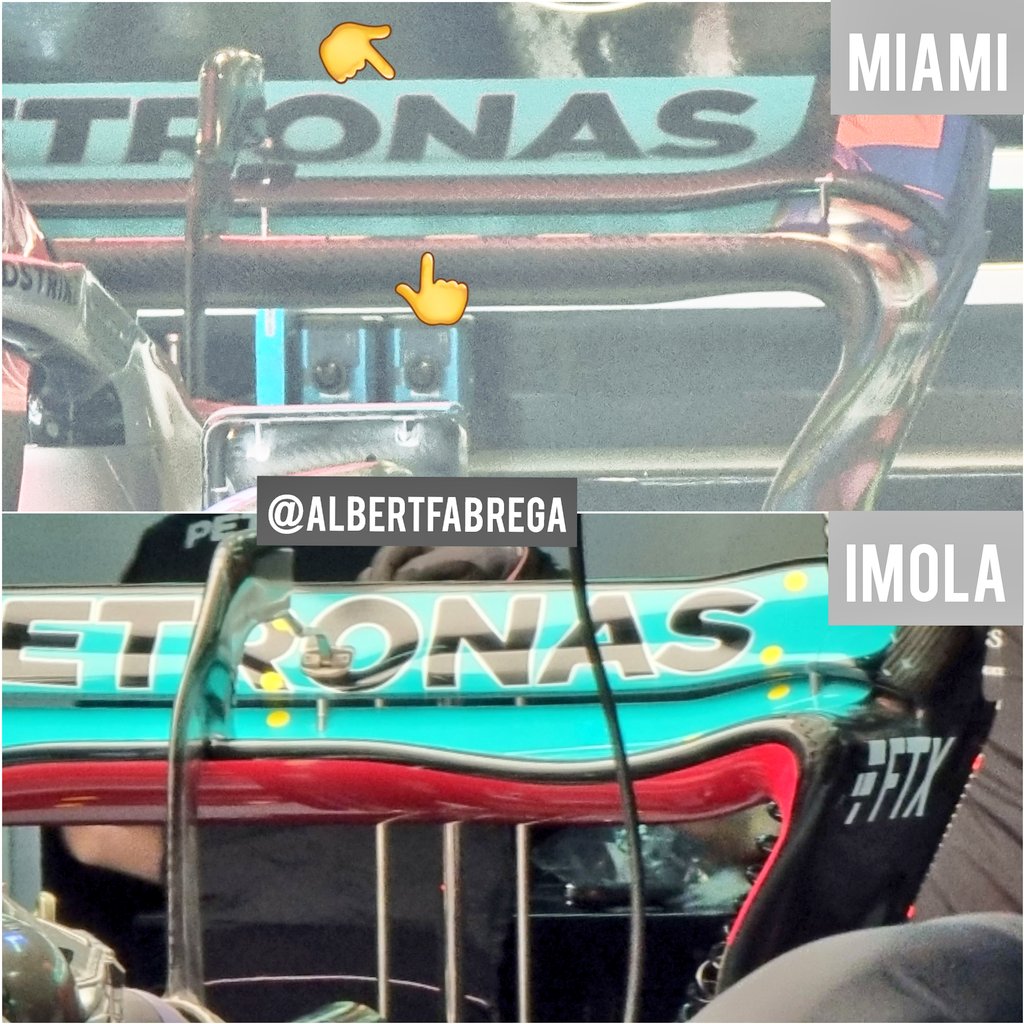PlatinumZealot wrote: ↑04 May 2022, 18:19
continuum16 wrote: ↑02 May 2022, 15:25
chrisc90 wrote: ↑02 May 2022, 13:11
I wonder if they are going to give it to midseason to see what happens. When is the next allocation of wind-tunnel time decided?
They could be looking at everyone's idea's, knocking some drawings up and then running their own simulations in the tunnel when they have much more time than anyone else. Whether this would be more beneficial than a design change and introducing ideas/upgrades along the way is another question.
Im still finding it hard that the computer runs are showing huge possibilities for the design they currently have. Surely after 4 tracks they can bring any issues between computer models and real life into line.
Maybe Russell is right with it being down to suspension setup/type which is why he's campaigning for the active ride heights.
Wind tunnel/CFD restrictions reset on June 30 I believe.
On suspension I don’t think it is a coincidence that the two teams which are seemingly most affected by bouncing are Mercedes and Aston Martin, which share suspension components. Without going too off-topic, think it’s worth noting that Williams, for example, uses their own suspension despite the Mercedes gearbox, and doesn’t seem as affected.
They can lock the suspension to test this. Like no dampers or springs, only tyre.
If they did this and the propoising frequency shifts closer to the tyre natural frequency they can plug that into the computer to determine how much of it can be treated by suspension.
Another way i suppose is to take the suspension movement data from the track and put that on the seven post rig. Then modify the suspension from there to stop the porpoising. This is probably too easy in relative terms so indications are it's an aero problem.
I don't think suspension is the sole problem, and certainly aero is a big part of it. It's more of the fact that redesigning the suspension could be a lot more time consuming than, say, putting a floor stay on, adding a so-called "ice skate" underneath the floor, making cuts in the floor edge, or bringing tweaked front and rear wings. This would contribute to the fact that solving the problem is not straightforward or fast.
I'm not super well-versed in suspension details, but from a high-level view, say that the team runs simulations/experiments and determines that the ideal suspension setup is not possible with the current hardware (be it specific geometry, stiffness, or whatever else). Generally I concur that the most influential aspect in eliminating porpoising comes from aerodynamics, but I just found it interesting that the teams which share suspension components seem to have similar problems.
"You can't argue with stupid people, they will drag you down to their level and beat you with experience"
- Mark Twain
please Mb Amg Petronas F1 team, let’s make this a 3 team battle for the 2 world titles!



